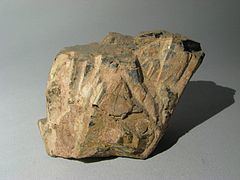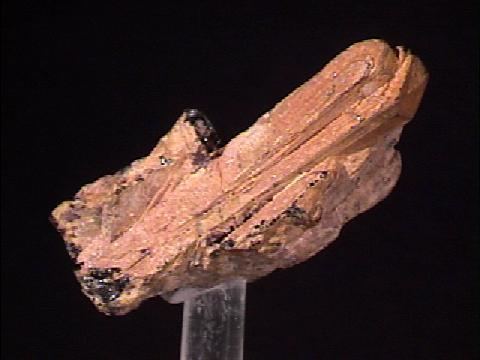Category Oxide minerals Crystal system Orthorhombic | Strunz classification 4.DG.05 | |
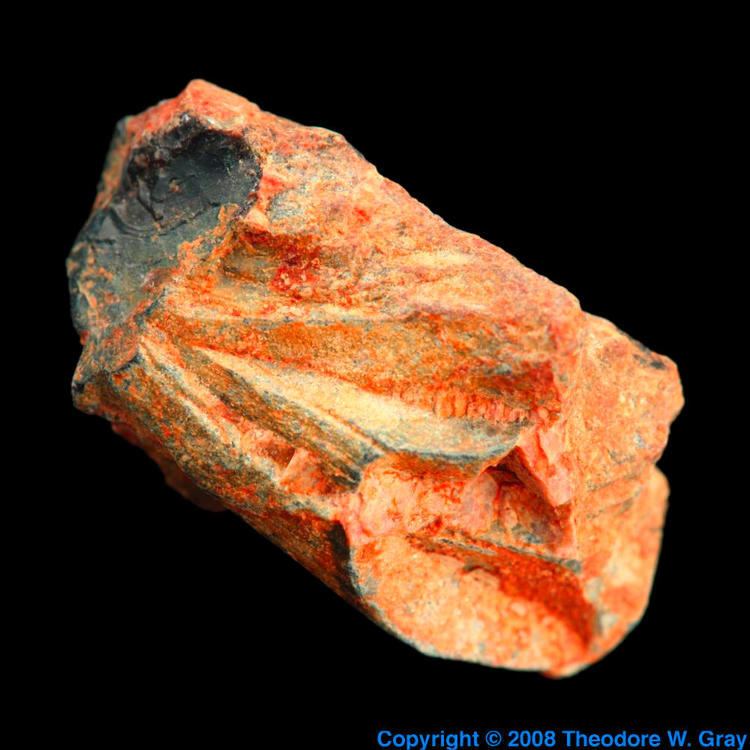 | ||
Formula(repeating unit) (Y,Ca,Ce,U,Th)(Nb,Ta,Ti)2O6 Color Black, brownish black,greenish black Crystal habit Massive, anhedral crystals in matrix | ||
Euxenite hardstyle humans
Euxenite or euxenite-(Y) (a correct mineralogical name) is a brownish black mineral with a metallic luster.
Contents
Euxenite for life
Chemistry
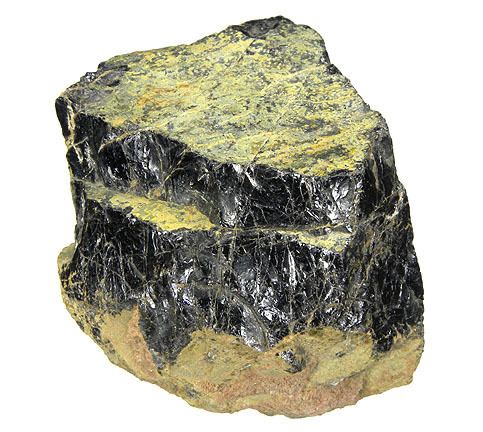
It contains calcium, niobium, tantalum, cerium, titanium, yttrium, and typically uranium and thorium, with some other metals. The chemical formula is: (Y,Ca,Ce,U,Th)(Nb,Ta,Ti)2O6. It is commonly partially amorphous due to radiation damage.
Euxenite forms a continuous series with the titanium rich polycrase-(Y) having the following formula: (Y,Ca,Ce,U,Th)(Ti,Nb,Ta)2O6
Name and discovery
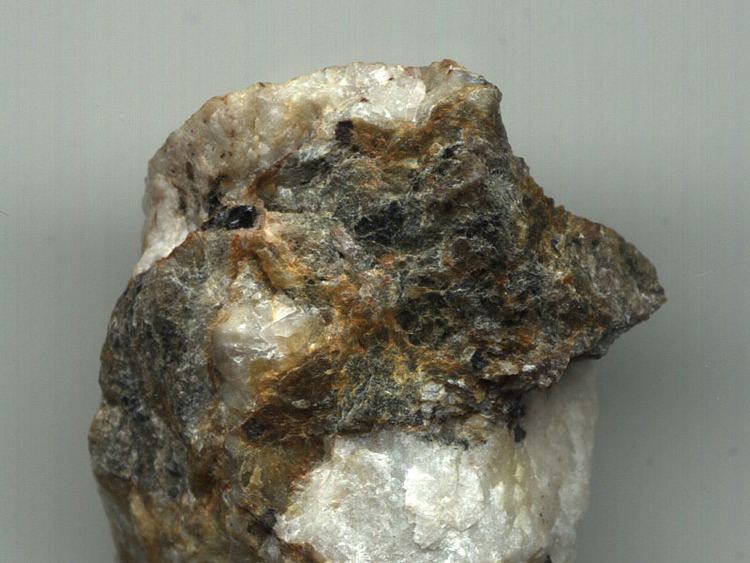
It was first described in 1870 and named for from the Greek (εύξεινος), hospitable or friendly to strangers, in allusion to the many rare elements that it contains.
Occurrence
It occurs in granite pegmatites and detrital black sands.
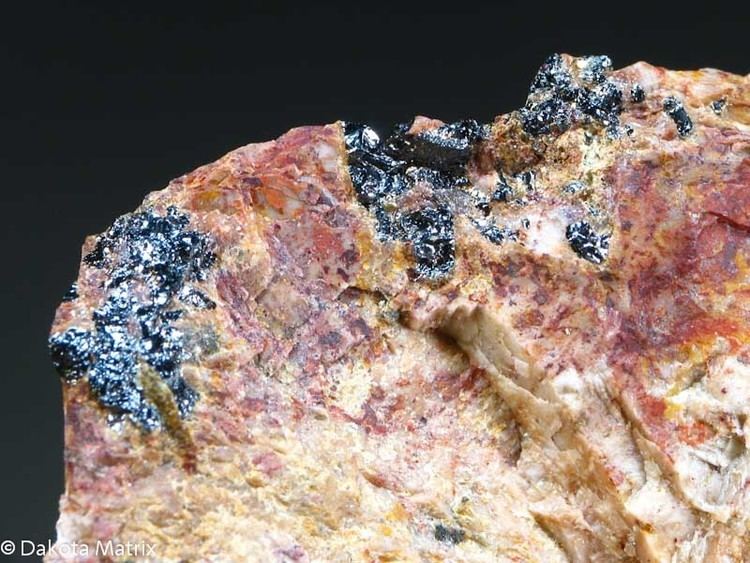
It is found in many locations worldwide, notably its type locality in Jølster, Sunnfjord, Norway. Other locations include the Ural Mountains of Russia; Sweden; Minas Gerais, Brazil; Ampangabe, Madagascar; Ontario, Canada; and in Arizona, Wyoming and Colorado in the US.
Use
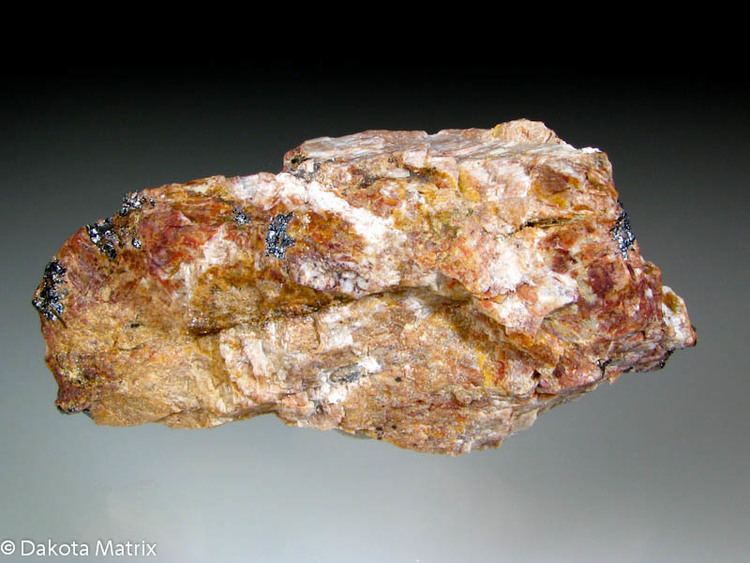
Euxenite is used as an ore of the rare earth elements it contains. Rare large crystals have also been used in jewelry.
